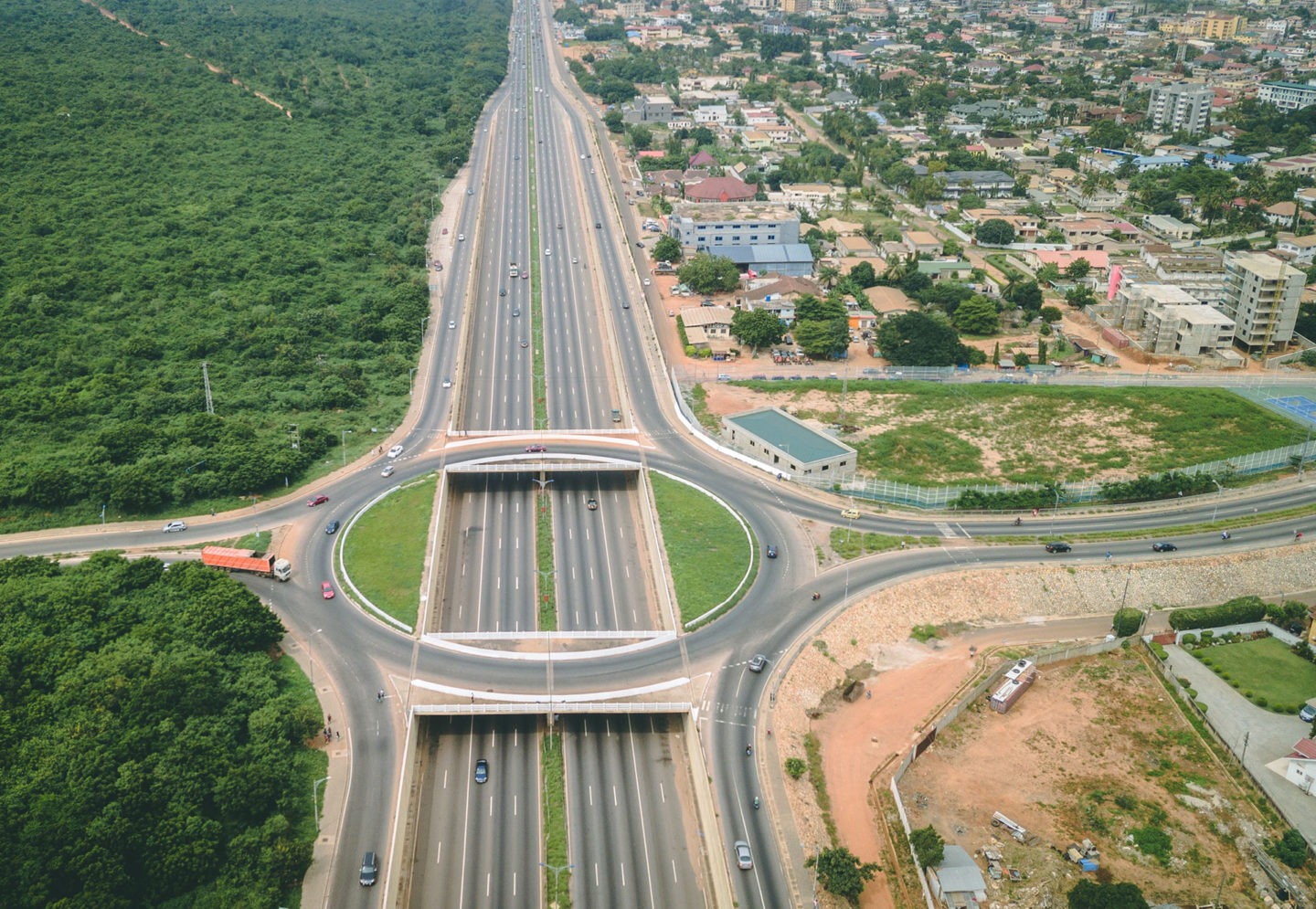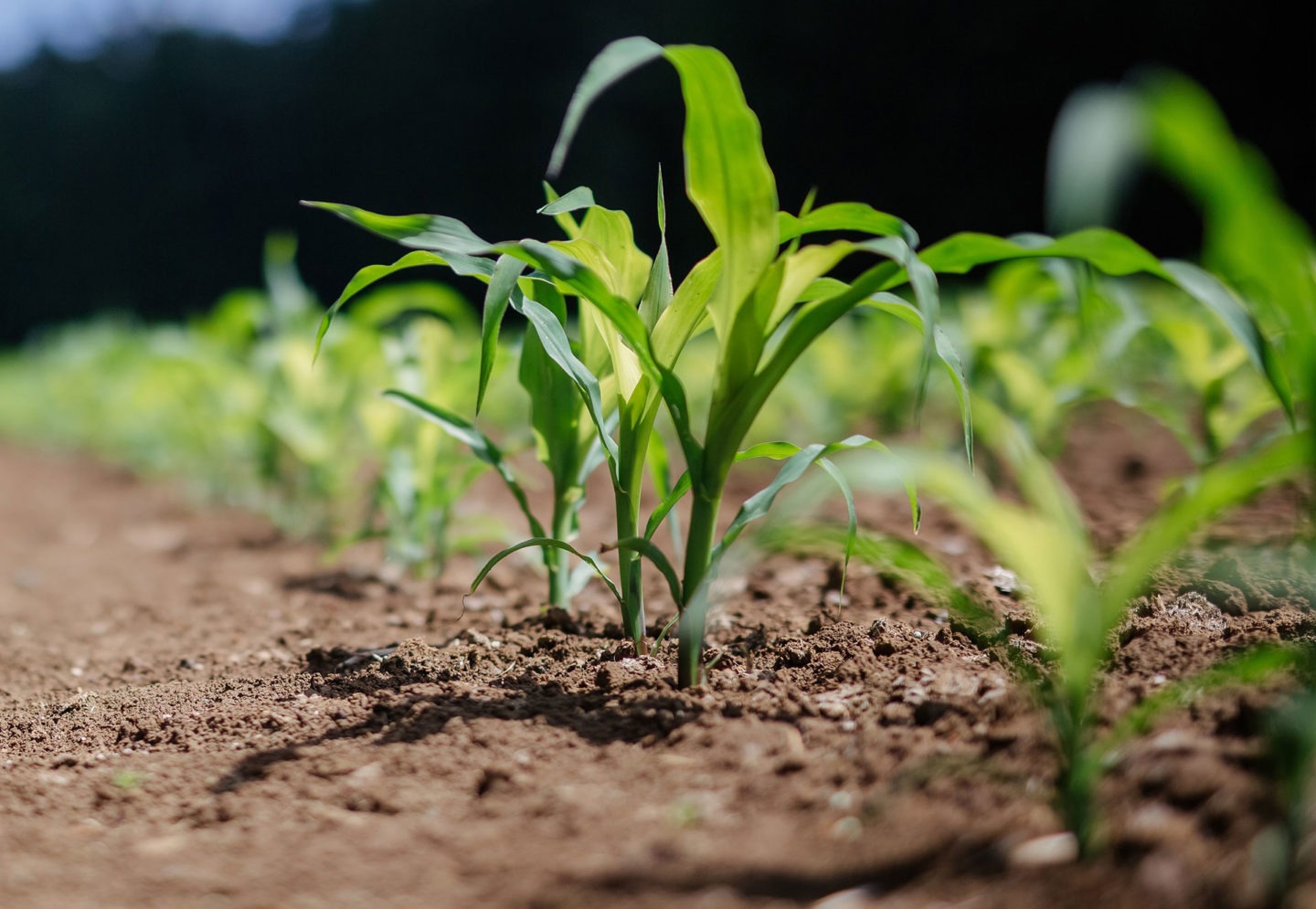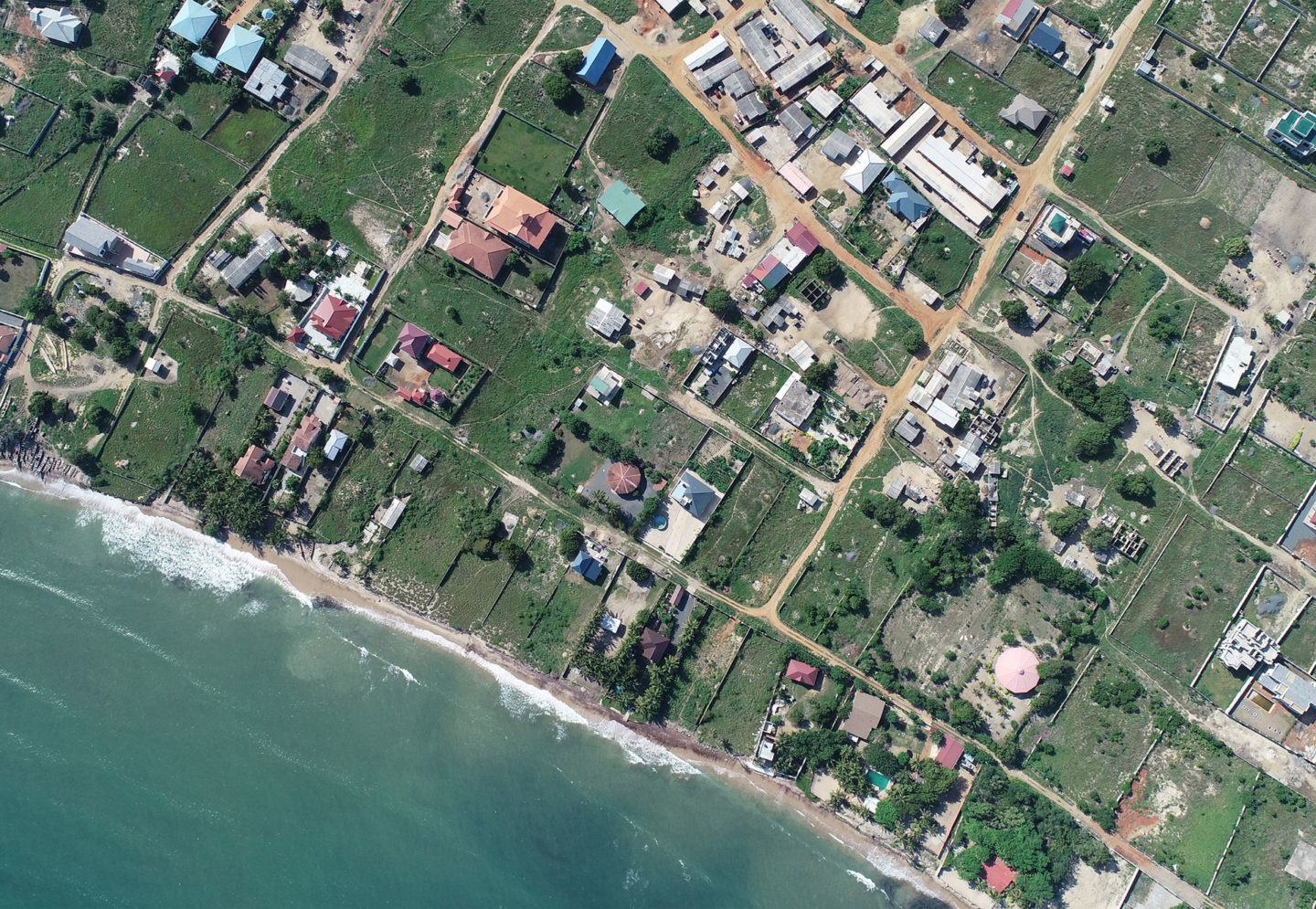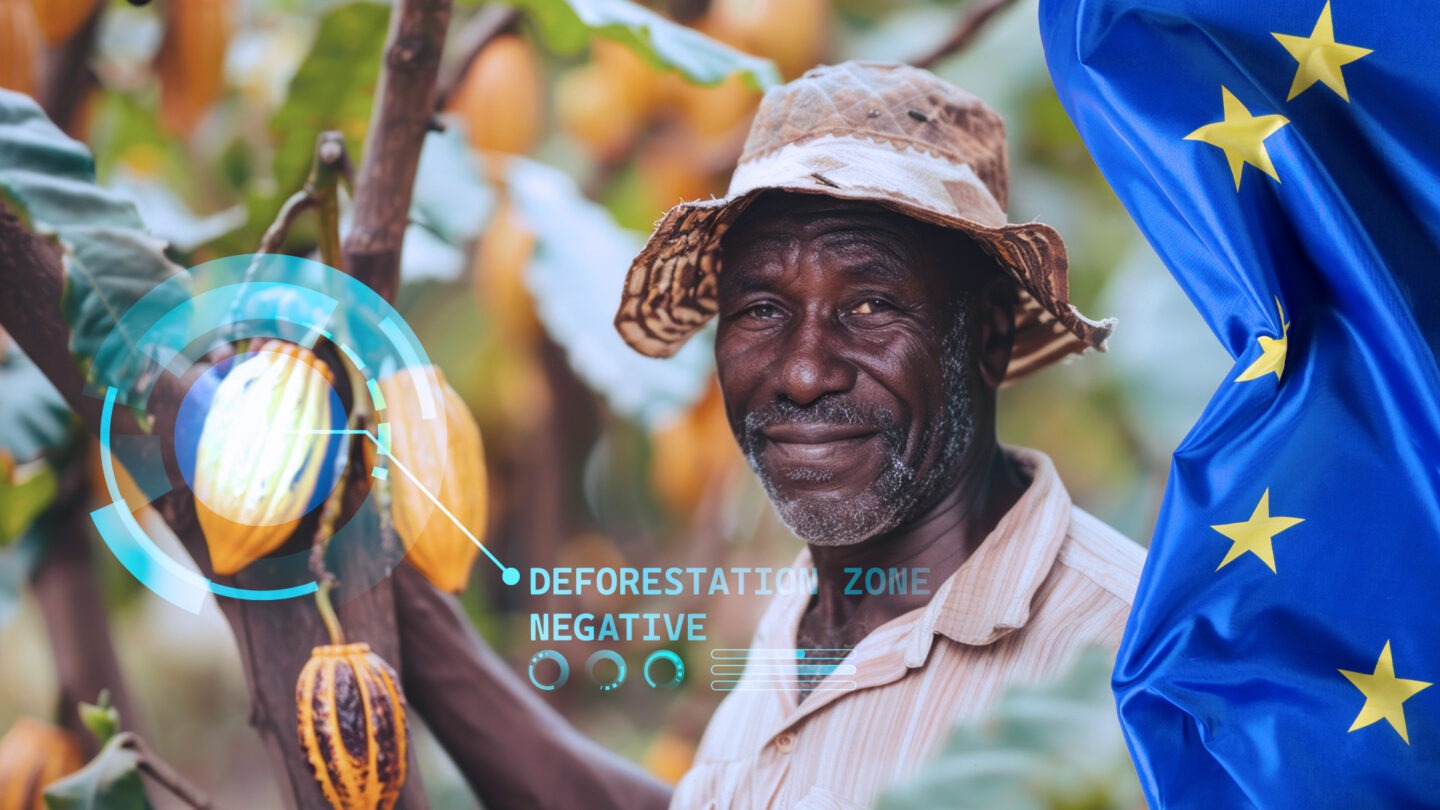

The European Commission’s fourth iteration of the EUDR FAQ, released in April 2025, brings sweeping clarifications that solidify one truth: vague sourcing is no longer tolerated.
This article focuses on three foundational areas: geolocation requirements, traceability expectations, and the complete ban on mass balance chains of custody.
1. Plot-Level Geolocation is Mandatory
Operators must collect the precise GPS coordinates of every plot of land where a relevant commodity is produced.
- Polygons Required: For plots greater than 4 hectares (excluding cattle), geolocation must be submitted as polygons with latitude and longitude coordinates up to six decimal places.
- Accepted Format: The EUDR Information System only accepts the GeoJSON format. Anything other than that will be rejected.
- Under 4 ha: Plots smaller than 4 hectares can use a single point, but precision is still required.
This is not optional. FAQ 4.1 clarifies that even if a country allows looser standards, it doesn’t matter. Compliance must meet EUDR format and precision.
2. The End of Mass Balance
The FAQs confirm in multiple sections that mass balance supply chains do not fulfill the requirements of the EUDR (FAQ 5.3).
Mass balance refers to blending compliant and non-compliant commodities and tracking them using proportional calculations. The Commission is clear:
“Commodities must be segregated from unknown origin or non-compliant commodities at all stages.”
No blending, no partial traceability, no batch dilution allowed. Traceability must be plot-specific and origin-verified.
3. Traceability is Now a Tech Standard
Verification requirements have tightened.
- Operators must utilize remote sensing methods, including satellite images and GIS-based maps of forest cover (FAQ 4.6).
- Geolocation information has to be positively verified to demonstrate that no deforestation took place after 31 December 2020.
- A DDS must include details of risk assessment methods utilized, including digital tools and datasets used.
Critically, the proof burden falls on the economic operator, not the supplier or producer.
Terra MD on our Mergdata platform. enables businesses to produce such evidence through satellite-based forest monitoring and compliance reporting.
4. Legal Limitations? No Exemptions.
Wherever data privacy or sovereignty law restricts access to geolocation, the EUDR takes precedence. According to FAQ 4.9:
“If geolocation cannot be provided due to national laws, such commodities cannot be placed on the EU market.”
There are no exemptions or alternative documentation allowed. National policy constraints cannot override EUDR compliance.
5. Data Must Be Retained
Operators must store all relevant documentation, including geolocation files, risk assessments, and supplier details for at least five years after market placement (FAQ 5.20). The data has to be provided upon request to the competent authorities
The updated FAQs remove ambiguity around traceability:
- Geolocation is mandatory and standardized
- Mass balance is banned
- Satellite verification is a requirement
- Legal limitations don’t excuse non-compliance
- Records must be kept and auditable for five years
Farmerline’s Mergdata platform, integrating field mapping, forest monitoring, and digital record-keeping, supports companies to align with these expectations efficiently.
How We’re Supporting EUDR Compliance
At Farmerline, we built our Mergdata platform specifically to meet these demands, without placing the burden of complex systems on exporters or their smallholder networks. Here’s how we help:
- GeoJSON-ready outputs from field-mapped polygon data
- Satellite-based validation tools using Terra MD to confirm deforestation-free sourcing
- Centralized, audit-ready storage that holds DDS and geolocation files securely for the full 5-year retention period
We’ve already analyzed over 700,000 farm plots, with 93% compliance on EUDR traceability. Our team works on the ground across multiple countries, helping clients build data-backed, smallholder-inclusive supply chains that satisfy both EU regulation and local realities.
Ready to see how it works? Connect with us to learn more.
https://share.hsforms.com/1U4TWPqUnQ8Kr9F0WKJEDIwsvsxo
Coming up next in Part 2: Due Diligence, Delegation, and the Annual DDS updates.









